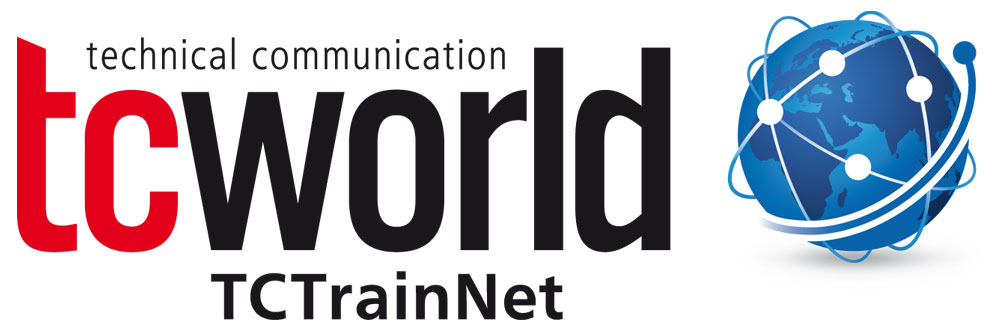In a risk assessment, manufacturers determine the risks to be considered acceptable. If unacceptable risks are identified, design measures such as protective cladding and insulations are found to avoid or minimize these. What remains are residual acceptable risks. These residual risks then become acute when persons perform actions with and on the product, for example during installation and application.
The task of creating warning messages indicating acceptable or “unavoidable” risks is assigned to technical editing departments. There are various standards that regulate the appearance and design of warning messages. In Europe, these are, e.g., DIN EN 82079-1, DIN EN ISO 12100 and DIN ISO 3864. For the USA, this includes the regulation ANSI Z535, among others. Worldwide marketing of products results in combinations of rules from ANSI, DIN, ISO and EN. The SAFE method is an effective reminder for creating warning messages:
• Severity of the danger with signal word
• After-effects of disregarding the danger
• Form and source of danger
• Escaping through measures for preventing danger
Reading the basic and further information on the topic is recommended!
Example of a warning message:



